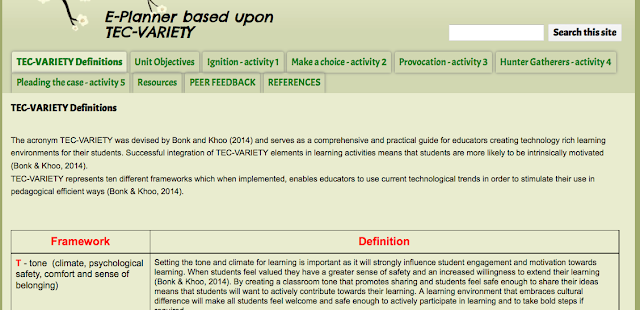I am working towards a post-graduate qualification in literacy, and I picked this paper as it is an area that interests me. However I have not just learned about E-learning, I have learned what constitutes effective teaching, and when technology is implemented thoughtfully it is a powerful tool.
E-learning is about more than having knowledge of new technologies and web 2.0 applications. E-learning is about student engagement, and giving students control of their learning. It is important to have a good understanding of these areas, as effective teaching with technology is complicated and requires many kinds of specialised knowledge (Koehler, Mishra & Cain, 2013).
The conversations
that I have taken part in through online forums have reinforced that I am a
social learner, and need to be able to bounce ideas off other students. This is
something that I find lacking in the other papers, I am taking via distance
learning. This has also prompted me to take another look at how I encourage
collaboration within my class and help those students who might prefer to work
independently be more active during collaborative learning tasks.



